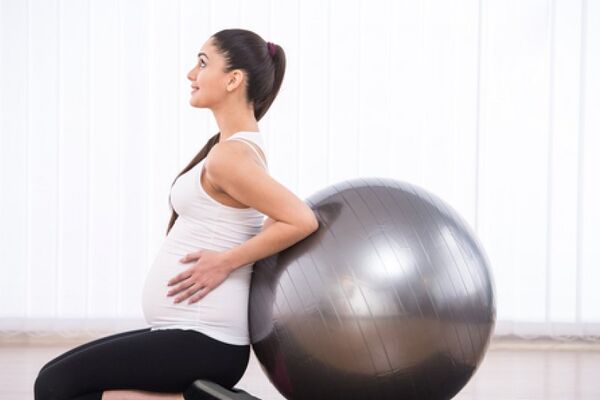Exercising during pregnancy has many advantages for pregnant women and for the development of the foetus. Employing appropriate physical activity decreases the possibility of developing preeclampsia (pregnancy-induced hypertension) and gestational diabetes. Exercise can also help in delaying lower back pain, pelvic floor dysfunction, urinary incontinence and chronic muscular-skeletal afflictions.
It is very important to consult your gynaecologist prior to instituting any form of exercise. It is also important to inform yourself of the side-effects of physical activity during pregnancy.
Advantages for pregnant women:
- Improved cardiorespiratory and muscular capacity
- Quicker recovery from labour
- Faster return to previous weight (postpartum)
- Decrease in lower stomach size
- Higher energy levels
- Better mood, overall self-confidence and self-image
- Lower stress levels, as well as anxiety and depression that can occur in pregnant women
- Increased probability of adopting healthy life habits
The influence of exercise on the foetus:
Some research has shown a decrease in subcutaneous fat deposits in newborn children with mothers who practised physical activity. Body mass was decreased by 300-350 grams. Physical activity that leads to an increased pulse in the foetus (by five to fifteen beats per minute) does not affect foetal development.
Resistance training:
It is important to train all muscle groups equally. Pelvic and abdominal muscles should be paid particular attention, as they provide support to the spine and prepare pregnant women for a more peaceful labour. For example, strengthening the transverse abdominal muscle (TVA), the deepest abdominal muscle, can provide significant support to the spinal column, and thus prepare pregnant women for the moment when the baby needs to be “pushed out”. Proper breathing technique is crucial at this step. Strong inhales and exhales with stomach contractions can strengthen this muscle. The exercise can be done while seated.
Kegel exercises are equally important as additional strength training during pregnancy. These exercises involve contracting and relaxing pelvic muscles. With adequate training, women can learn not only how to contract the muscle, but also how to relax it, which can be very beneficial during labour itself, and help the baby “get out” quicker.
General recommendations concerning frequency and intensity:
It is recommended to begin exercising during the second trimester, when the pregnancy has set in.
Begin from at least fifteen minutes and steadily increase the timeframe to half an hour, ideally every day, at a minimum three days a week.
Strength training – ideally, one should strive to involve twelve to fifteen repetitions in the routine, and avoid isometric contractions.
After the third month, avoid exercises in the horizontal position.
Never exercise to the point of exertion.
Dynamic physical activity like walking or stationary cycling is highly recommended.
Avoid difficult exercises that demand excellent balance. Avoid activities such as soccer, basketball, horseback riding, diving, skating, bike riding, or plyometric training.
Do not allow significant increases in body temperature, hydrate adequately with liquid intake, use appropriate exercise clothes and footwear that provides stability in the joints.
Natalija Marković
Chartered physiotherapist



